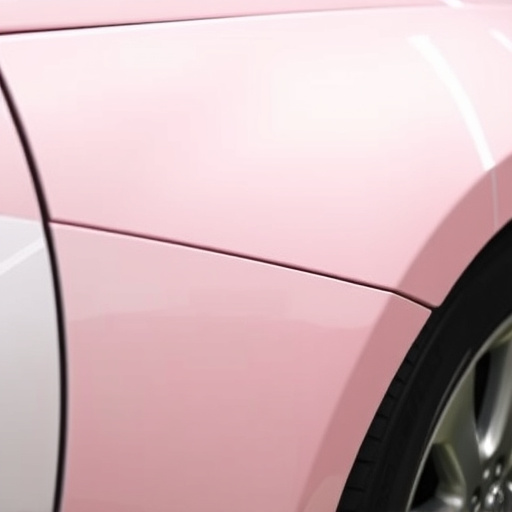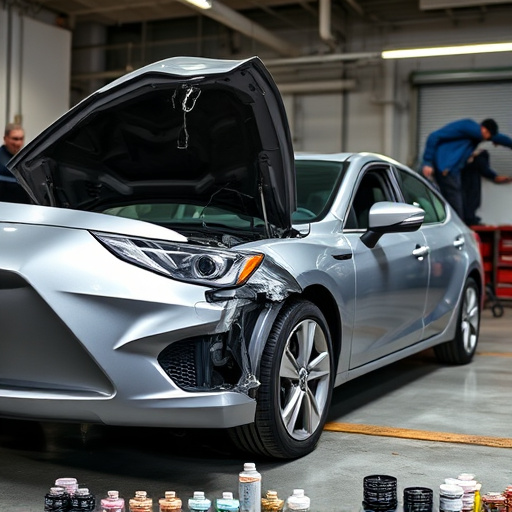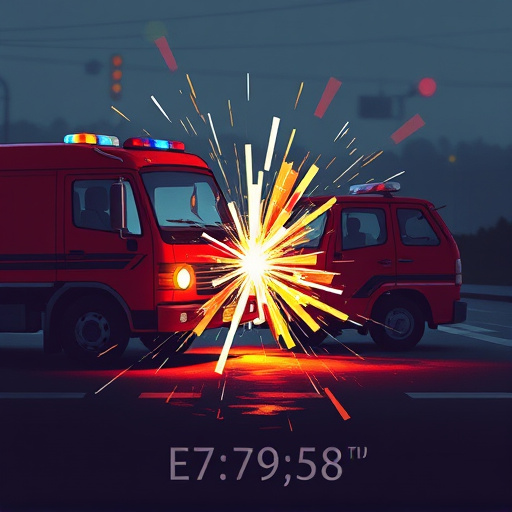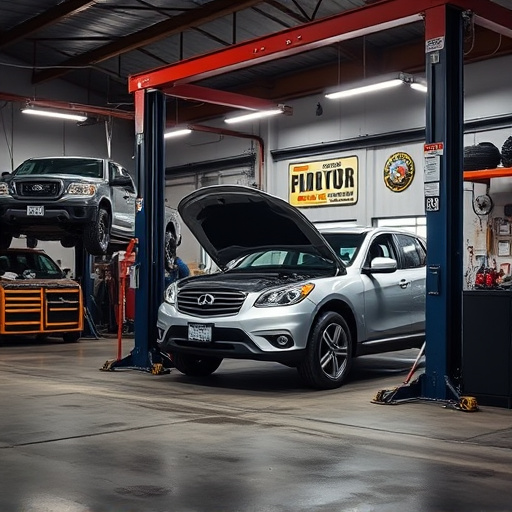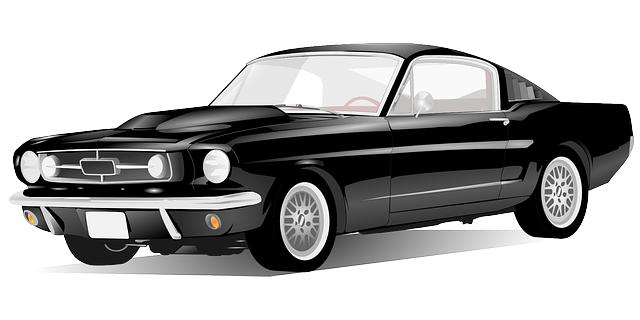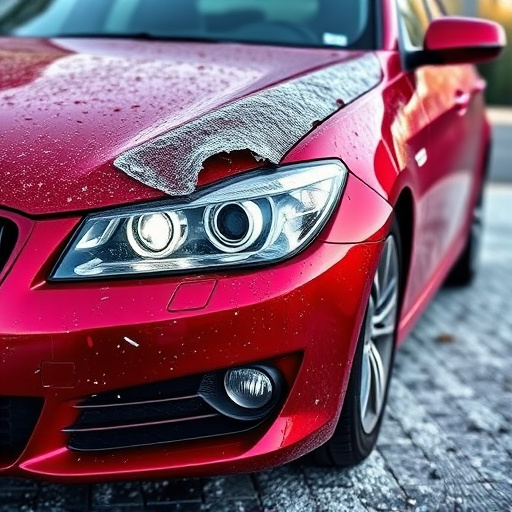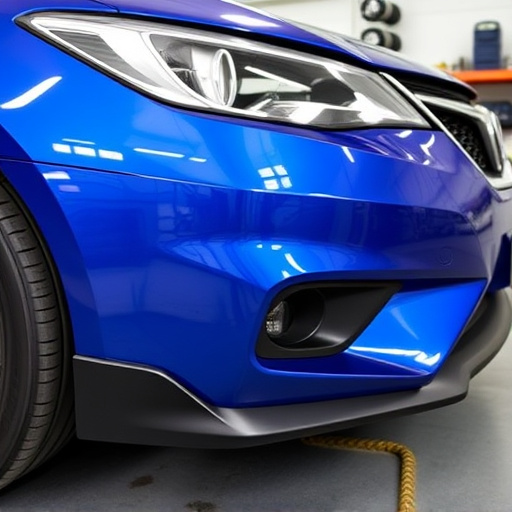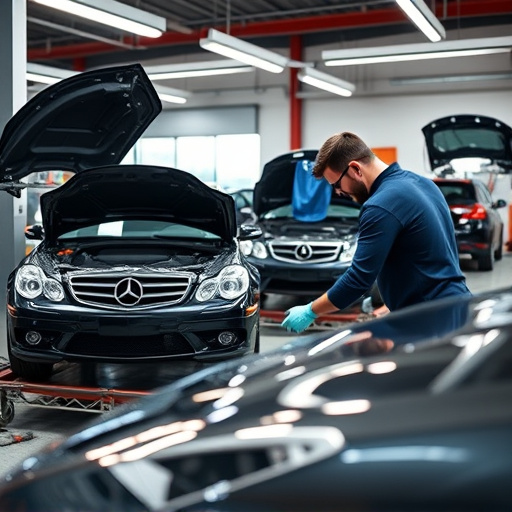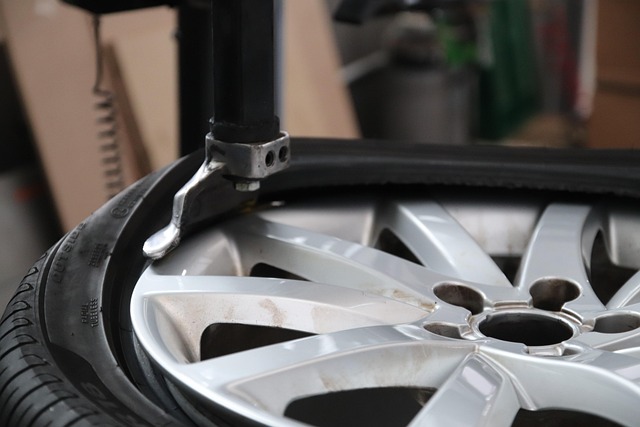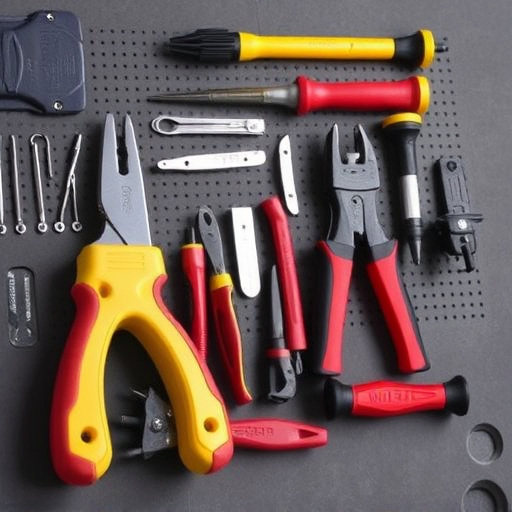For novice drivers, understanding car parts like radiators is vital for safe driving and preventing radiator collision repair issues. Regular maintenance, safe driving habits, and proactive servicing from specialized centers can avoid accidents causing damage to this critical cooling system component. In case of damage, careful assessment, professional repair (like paintless dent repair or replacement), and using reputable services ensure vehicle safety and optimal condition post-repair.
New drivers, be prepared! Learning to navigate the roads is exciting, but potential accidents happen. If you find yourself dealing with a radiator collision, rest assured, it’s a fixable issue. This guide offers essential knowledge for first-timers, demystifying radiator basics and common causes of damage. We’ll walk you through the repair process step-by-step, ensuring your safety and peace of mind. With these tips, you’ll be equipped to handle any minor fender benders involving your car’s cooling system.
- Understanding Radiator Basics: A First-Time Driver's Guide
- Common Causes of Radiator Damage and Prevention Tips
- Step-by-Step Collision Repair Process for Your Safety
Understanding Radiator Basics: A First-Time Driver's Guide

For first-time drivers, understanding basic car components like the radiator is essential for effective radiator collision repair. The radiator is a crucial part of your vehicle’s cooling system, responsible for regulating engine temperature by circulating coolant. It’s typically located in front of the engine and is designed to dissipate heat, preventing overheating.
In the event of a collision, damage to the radiator can lead to serious consequences. That’s why it’s vital to recognize signs of damage and seek professional assistance from an auto collision center, such as those offering Mercedes Benz collision repair services. Prompt attention to radiator issues is key to ensuring safe driving and preventing further complications during your first few years on the road.
Common Causes of Radiator Damage and Prevention Tips

Radiator damage is a common issue among vehicles, especially for new drivers who may be less experienced with maintaining their car’s safety. Understanding the causes of such damage is essential in preventing costly repairs and ensuring your vehicle’s longevity. One of the primary reasons for radiator collision repair is a lack of attention to basic maintenance. Regular checks for leaks, especially during hot weather, can prevent fluid loss and potential overheating. Neglecting timely changes of coolant and antifreeze solutions can also weaken the system, making it more susceptible to corrosion and cracks.
Moreover, being involved in accidents or driving through challenging terrain could subject your car’s radiator to significant stress. Hitting a pothole or colliding with another vehicle can cause physical damage, leading to leaks or even complete failure of the cooling system. To avoid these issues, maintain a safe distance from other cars, ensure proper tire pressure, and get into the habit of inspecting your vehicle before and after long trips. Regular visits to an auto collision center for servicing and repairs are also advisable, as they can provide expert car repair services to address any potential problems proactively.
Step-by-Step Collision Repair Process for Your Safety

When dealing with a radiator collision, prioritizing safety is non-negotiable for first-time drivers. Here’s a step-by-step guide to navigating this process. Initially, assess the damage carefully; check for any leaks in your vehicle’s cooling system and ensure it’s safe to proceed. Next, remove any debris or shattered parts from the collision site. This is crucial not only for your safety but also to prevent further damage during the repair process.
Once the area is secure, begin disassembling the damaged components around the radiator. Remember, knowledge is power; if you’re unsure about any step, consult a professional mechanic. After carefully separating the affected parts, evaluate the extent of the damage. For smaller dents or scratches, paintless dent repair techniques can be an efficient and cost-effective solution. However, for more severe collisions, a complete replacement might be necessary. Consider reaching out to reputable fleet repair services that offer quality repairs along with tire services, ensuring your vehicle returns to optimal condition.
For first-time drivers, learning about radiator collision repair is crucial. By understanding the basics of radiators and common damage causes, you can effectively prevent issues. If a collision does occur, the step-by-step repair process outlined in this guide ensures your safety and effective vehicle restoration. Remember, prompt action and professional guidance are key to successful radiator collision repair.
